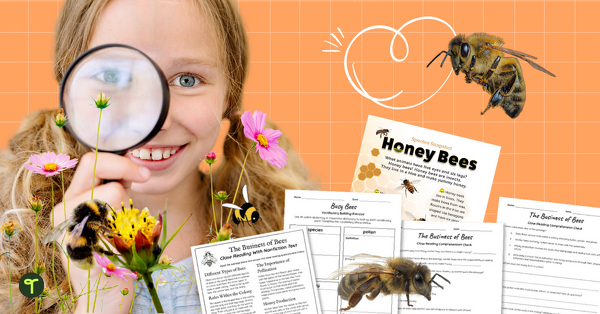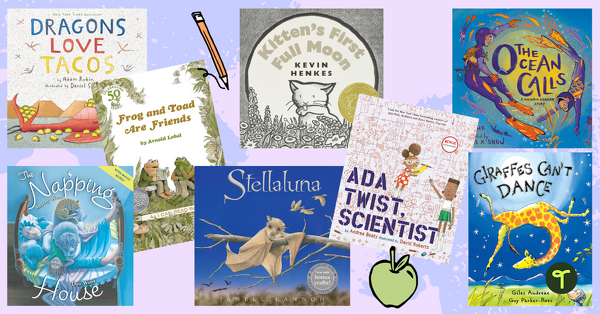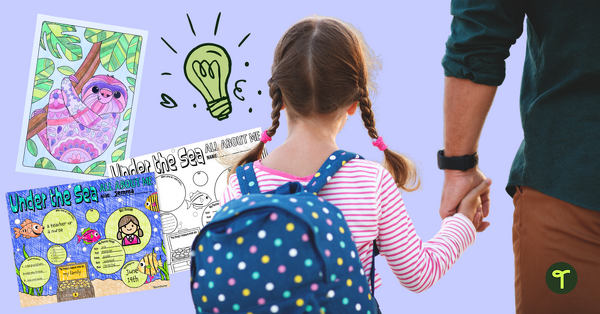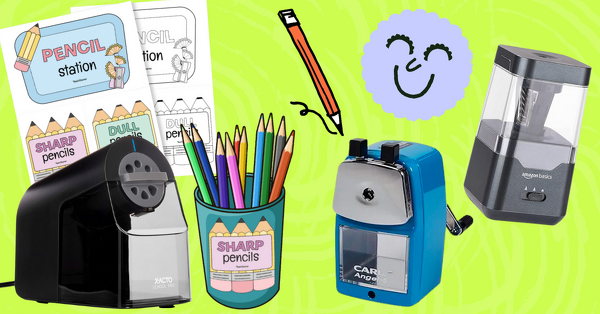You’ve seen word walls in classrooms for years, but is it time to add a sound wall to your classroom? Wait … what is a sound wall? An easy way to organize all those different sounds (also known as phonemes) for students, sound walls are taking American schools by storm — and in some districts, they’ve replaced the word wall entirely.
But what is the purpose of a sound wall, and are they really better than word walls? Should you have both kinds in your classroom this school year or just choose one?
Our teacher team has put together a complete guide to sound walls to help you make the decision. Read on to find out what it is, whether it’s better than a word wall and what the educational research says. Bonus: We also have some tips on how to set up a sound wall in your classroom!
What Is a Sound Wall?
First thing’s first. We need to talk about what a sound wall actually is.
A sound wall is similar to a word wall, but instead of hanging up vocabulary words, this type of display in the classroom is comprised of the sounds/phonemes and letters/letter combinations that young learners will encounter as they develop their language skills.
The concept is based in the Science of Reading, and the goal is to help students make connections between the sounds their mouth makes and the letters that they read every day. It helps kids with word mapping and — of course — building their knowledge of letter-sound relationships so they can apply this knowledge to pronounce written words.
You can think of sound walls as speech-to-print tools, while word walls are print-to-speech tools.
A good sound wall will:
- Be set up in two sections — vowels and consonants
- Match sounds or phonemes with the letters (graphemes) that make them when spoken out loud
- Include an articulatory photo or image reference, as well as a list of words that clearly displays the different graphemes for each phoneme
By using articulatory images, children are encouraged to think about the place of articulation — in other words, what’s happening with their teeth, lips, and tongue when they are making a sound.
Are Sound Walls Research-Based?
You might be feeling a little hesitant to jump on a sound wall train when word walls have been around for decades and have plenty of teacher fans. Is there really any research out there to back all of this up?
Well, yes! The Science of Reading research plays heavily into the sound wall concept. When a National Reading Panel convened by Congress reviewed how reading is taught around the United States, they determined that explicitly teaching students phonemes was a critical component of effective literacy instruction and the development of reading fluency.
Sound walls were born out of this finding. They provide an understanding of the speech sounds the letters represent, so children can match the letters to the sounds and read unfamiliar words.
Take this printable sound wall, for example. It’s made up of graphemes (and their corresponding phonemes) that your students are most likely to come across in the primary classroom, and it offers teachers the ability to add on as more graphemes are introduced.
Word Walls vs. Sound Walls
Of course, bringing up the topic of using sound walls has many teachers asking… but what about word walls? Should we drop them altogether?
Not necessarily. Let’s dig a little bit deeper here!
Advantages of Sound Walls
- Sound Walls Are Less Confusing for Younger Students — Because word walls are typically arranged in alphabetical order, it can create confusion for primary learners — after all, a word like “the” would be listed under the letter T in the alphabet, but young students may be confused as they’re looking for /th/. And what about she, which falls under S, not /sh/?
- Sound Walls Are Better for Students’ Memory — Students with memory issues tend to struggle with word walls that force them to memorize a picture of the word. The human brain can only hold so many images, and eventually, it will “write over” those images, just like re-writing a memory card in your camera.
Advantages of Word Walls
The sound wall does a better job for younger students, but the word wall does still have its place! You may also want to have both a sound wall and a word wall in your classroom to serve different purposes.
- Word Walls Help With Introducing New Vocabulary — Whether you’re sharing weather words for a science class or introducing vocabulary around a particular holiday such as Presidents’ Day, word walls come in handy for building older students’ vocabularies.
- Word Walls Can Be Interactive — Take this tip from Brittany Collins, an Indiana teacher and member of our resource production team: With older students, word walls can be a bit more content based and interactive. For example, if you are using a word wall for a particular science unit, students can use sticky notes to draw pictures to represent the word, provide examples of the term in the environment, write a definition for the word, etc.”

Teacher idea: When introducing a sound, why not take a photo of one of your students’ lips and use that for your display like teacher Stephanie Le Lievre did above?
How to Set Up a Sound Wall
Thinking it’s time to build a sound wall in your classroom? You’re going to want to start slow — just as words are typically added to a word wall one at a time, you’ll want to add these little by little as you introduce them to your class.
Here are some suggested steps for how to introduce each of the phonemes on your sound wall.
- Explicitly introduce each of the sounds as you usually would in your classroom.
- Model the way you make the sound with your mouth.
- Have each student use a mini mirror to see what their lips, teeth, and tongue are doing when they make the sound.
- Discuss as a class what they notice when they are making that particular sound.
- Display a word for each spelling pattern seen for this specific sound (if students are ready for this).
We have set up these easy printable sound wall cards so that you can create four different sections, one each for a:
- consonants sound wall
- short vowels sound wall
- long vowels sound wall
- other vowels sound wall









Comments